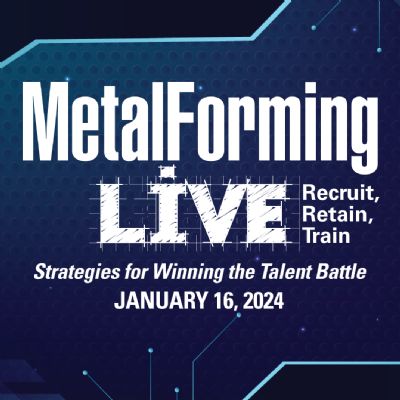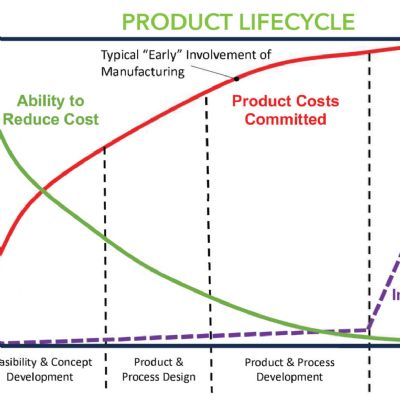The Answer is Blowing in the Wind
January 1, 2009Comments
A sold-out technical conference with a standing-room crowd, in this day in age, is a beautiful thing, and that’s exactly what I witnessed last month. More than 800 people representing metal-parts suppliers, economic-development groups and other organizations hoarded into a day-long supply-chain workshop on December 9, and another 250 were stuck on the waiting list. Attendees learned of a severe bottleneck in several areas of the metal-parts supply chain for an industry where new capacity is a must to support what was referred to as “the fastest-growing industry in North America.”
What is this market, you ask? It’s wind energy, which I touched on in last issue’s editorial page. When I attended the Wind Power Supply Chain Workshop in Cleveland a few weeks ago, I experienced first hand the unreal excitement surrounding the supply-chain development going on to support the fast-growing wind industry. Demand in the United States for wind-turbine components and assembly is ahead of supply, and opportunities abound for manufacturers willing to invest in and adapt their operations.
The United States has been the single largest market for wind energy since 2005, and experts foresee that expansion continuing for years to come. The industry shattered production records in 2007, and in 2008 the U.S. wind-energy market welcomed 4500 new turbines. And since each turbine features more than 8000 components, the overwhelming majority of them steel, the parts-supply chain has a lot of growing to do in order to keep pace. We’re talking sheetmetal fabrications, castings, machined parts, bearings, gears, forged components and fasteners. The biggest bottleneck, we were told at the workshop: generator components.
For metalforming companies, the prime opportunity for new business to help fuel wind-power expansion is the turbine nacelle—the assembly that includes the generator as well as the gearbox, radiator, yaw motor and bearing, mechanical brake and other components. Other supply opportunities include the fluid systems used for lubrication, cooling and hydraulic power; and the electronic control systems for the generator and power electronics.
The carrot pacing the wind industry’s quickening pace is the U.S. Department of Energy’s technical report, 20 Percent Wind Energy by 2030. To get there, the American Wind Energy Association (AWEA) projects the need for 200,000 new wind turbines—that’s 200,000 gearboxes, generators, etc., as well as a healthy aftermarket support system for the manufacture of replacement parts. Several new turbine-assembly plants are popping up in Pennsylvania, Iowa, Texas, Montana, Idaho and Colorado. And just last month I received press releases announcing two huge proposed projects, the biggest being a request for proposal from the Tennessee Valley Authority to supply as much as 2000 megawatts of power generation from renewable and clean energy sources by 2011. For perspective, consider that the average wind turbine produces 1 to 3 megawatts of power.
Amongst the 400 or so companies represented at the December 9 workshop, sponsored by AWEA, several came from the metalforming industry. If you’ve got excess capacity and the wherewithal to retool somewhat to meet the specific demands of this industry, then spread your wings and take flight with the wind. Start by checking in at the AWEA website, www.awea.org, where you can download several of the presentations from the Cleveland supply-chain workshop. Among them are four papers under the heading, Major Component Sourcing & Value Chain Services; and three talks under the heading, Entering the Wind Industry: Funding, Contracts and Re-Tooling. The link to the presentations: www.awea.org/events/supplychain2/pre-sentations2.html
Here’s to a happy and healthy New Year for you, your families and your companies. I wish you well.
Technologies: Management







 Podcast
Podcast
 Webinar
Webinar